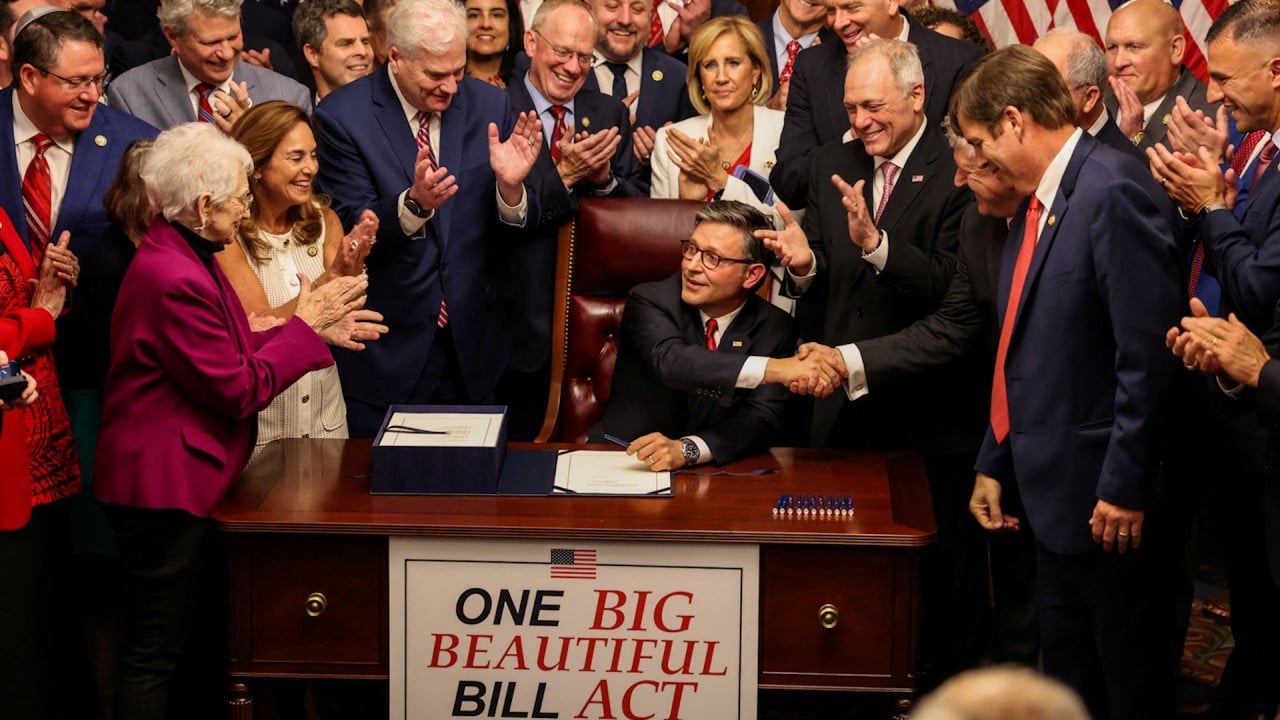When he was France’s finance minister in the 1960s, former French president Valéry Giscard d’Estaing famously complained about the “exorbitant privilege” that the dollar’s position as the world’s leading reserve currency conferred on the United States.
This meant, essentially, that the US could borrow at low interest rates, run persistently large trade deficits and print money to finance its budget deficits. He never could have imagined the US would end up letting these advantages slip through its fingers.
Since returning to the White House in January, US President Donald Trump has been systematically destroying faith in the dollar in both global financial markets and among governments and central banks. For starters, Trump has put America’s public finances on an even more unsustainable path than before he took office.
When Trump began his second term, the US budget deficit had already widened to 6.2 per cent of the gross domestic product, with nearly full employment, while the public debt-to-GDP ratio had risen to around 100 per cent. But things are about to get much worse.
Far from putting America’s fiscal house in order, Trump and his supporters in Congress have pushed through their “big, beautiful bill”, a tax and spending bill that the non-partisan Congressional Budget Office estimates will add around US$3.4 trillion to the budget deficit over the next decade.
America’s public debt-to-GDP ratio is now on track to reach by 2030 a level far higher than at the end of World War II, when the US enjoyed far more favourable demographics. Unlike during the post-war period, the US economy today is not equipped to grow its way to a smaller debt burden. Little wonder the major credit agencies, like Moody’s, have stripped the US of its AAA credit rating.



